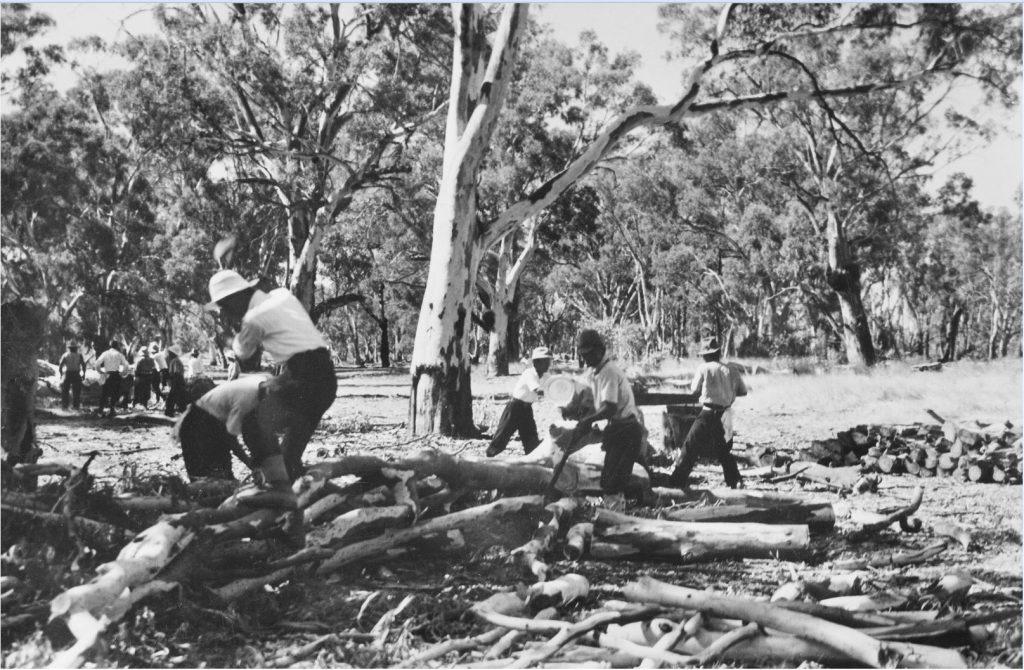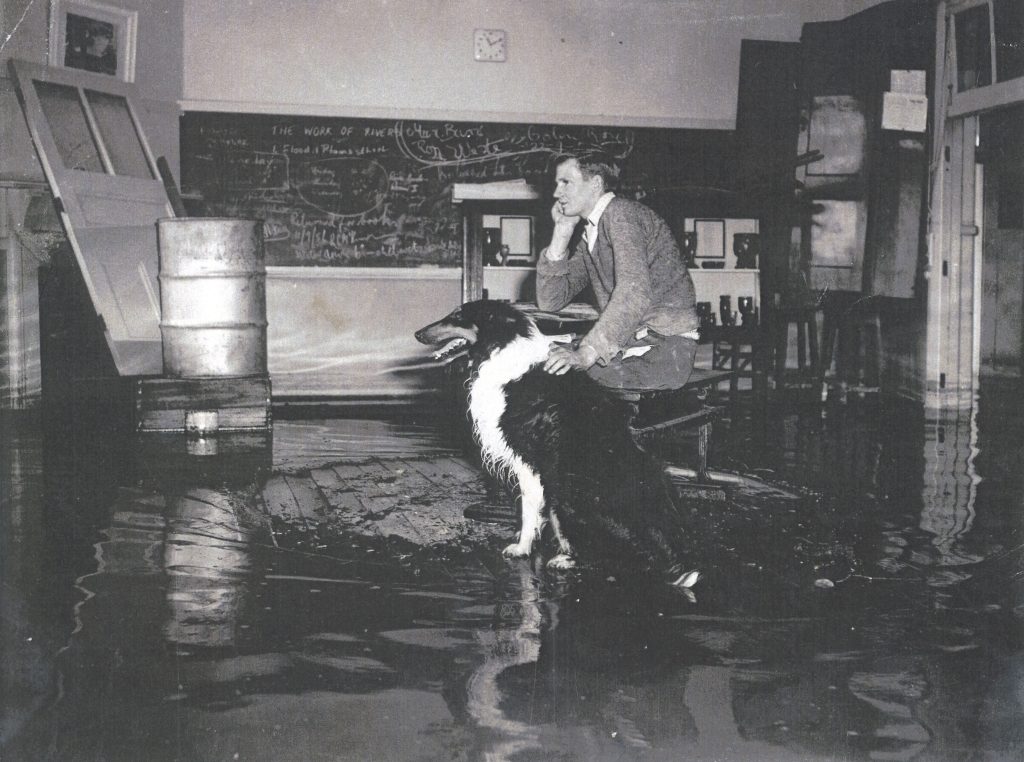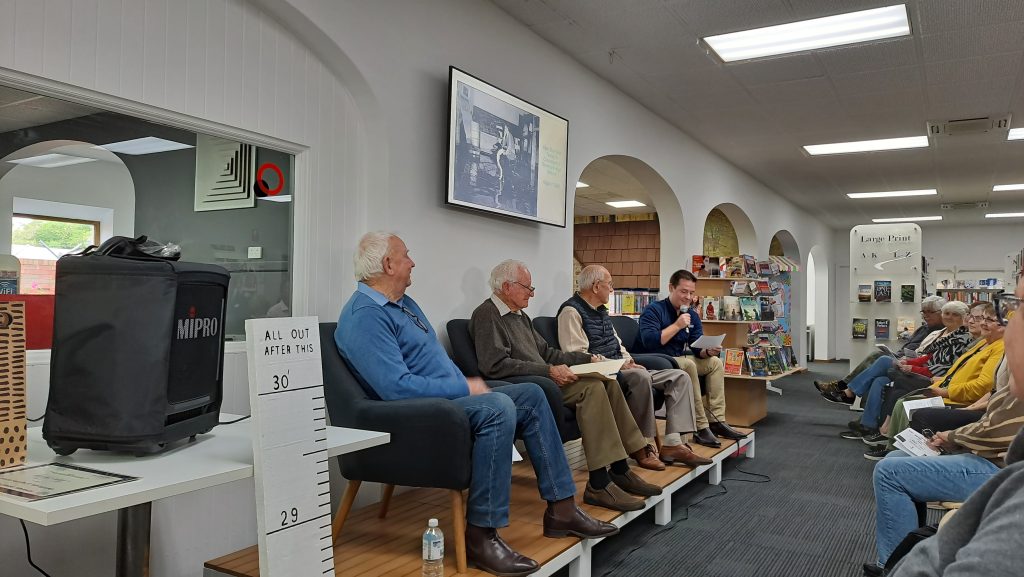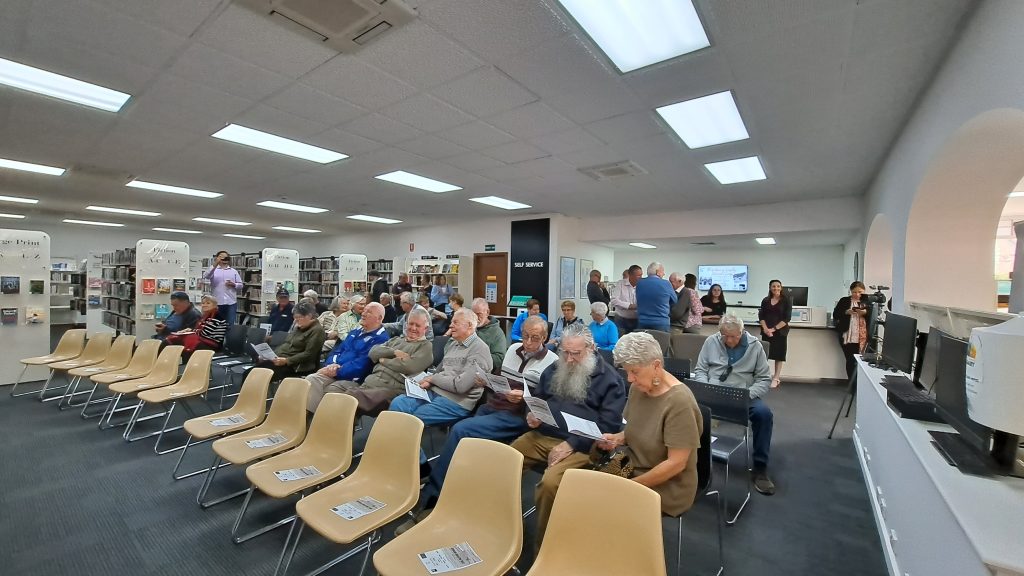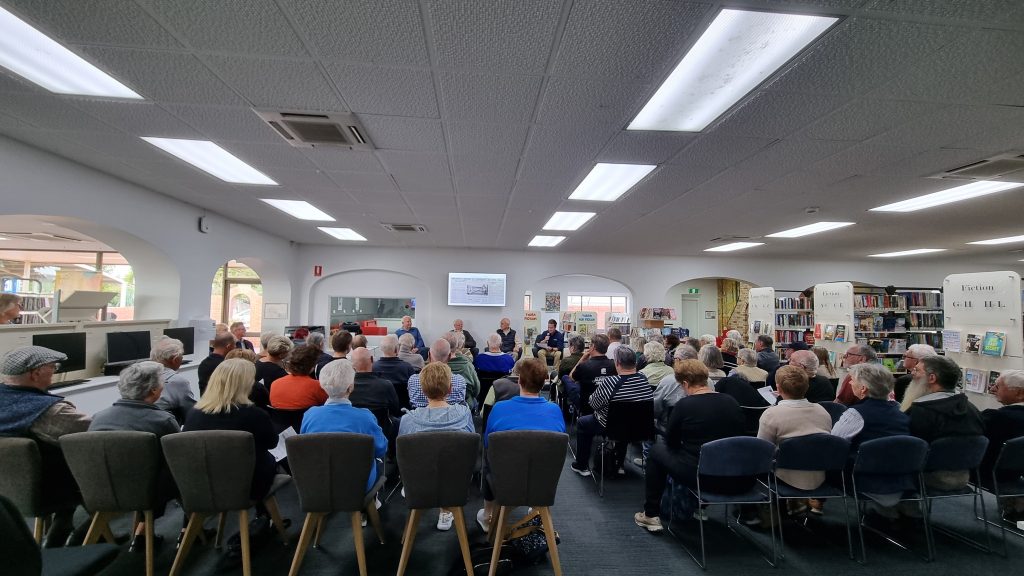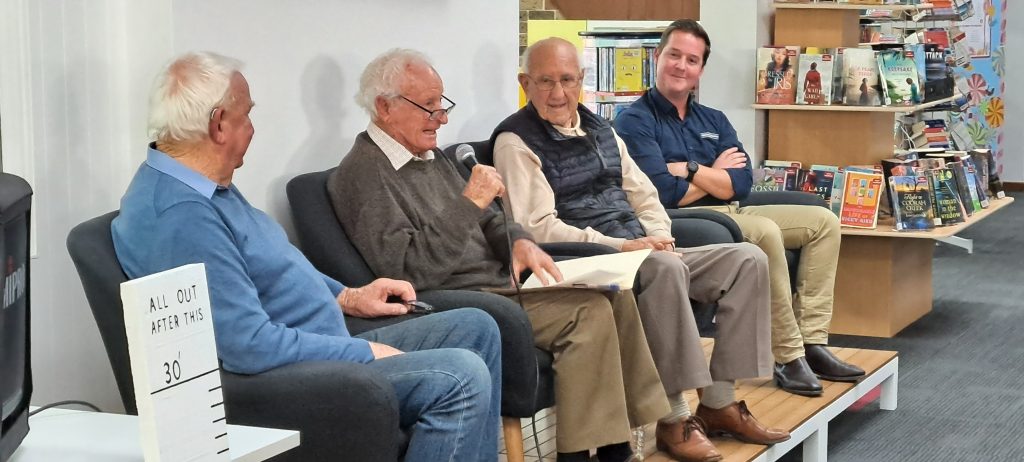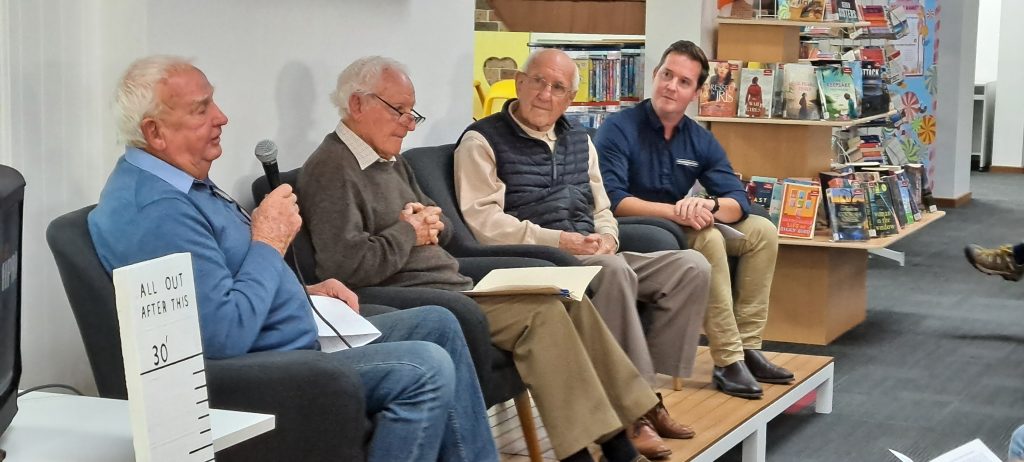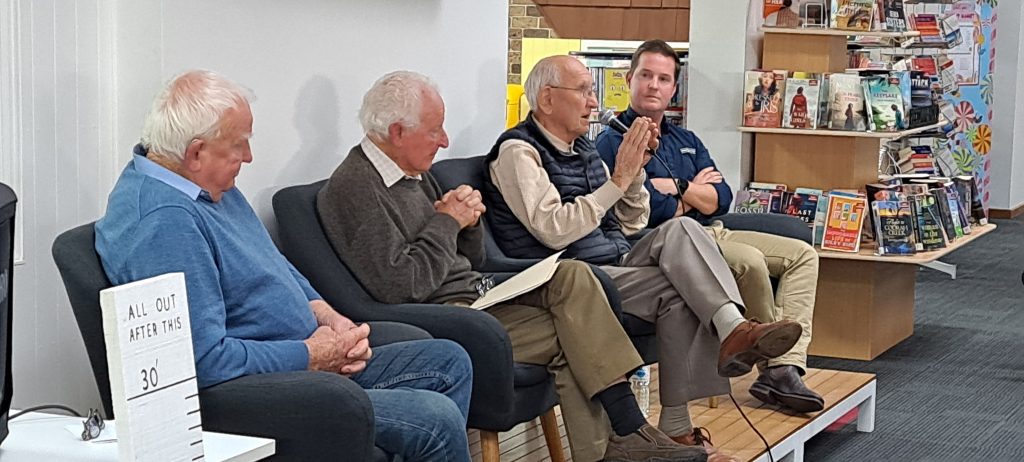2025: Damming the Dam: The Chowilla controversy and its legacy 1960-1971
What happened to Chowilla Dam?
Planned for construction 60 km upstream from Renmark, the dam was to be built on a narrow, 5 km-wide floodplain. The design featured a 5.5 km-long earth embankment reinforced with rock, standing high enough to maintain a water depth of 10–11 metres above the floodplain. It was also set to include a 250-metre concrete spillway and a lock measuring 17 by 53 metres on its eastern side.
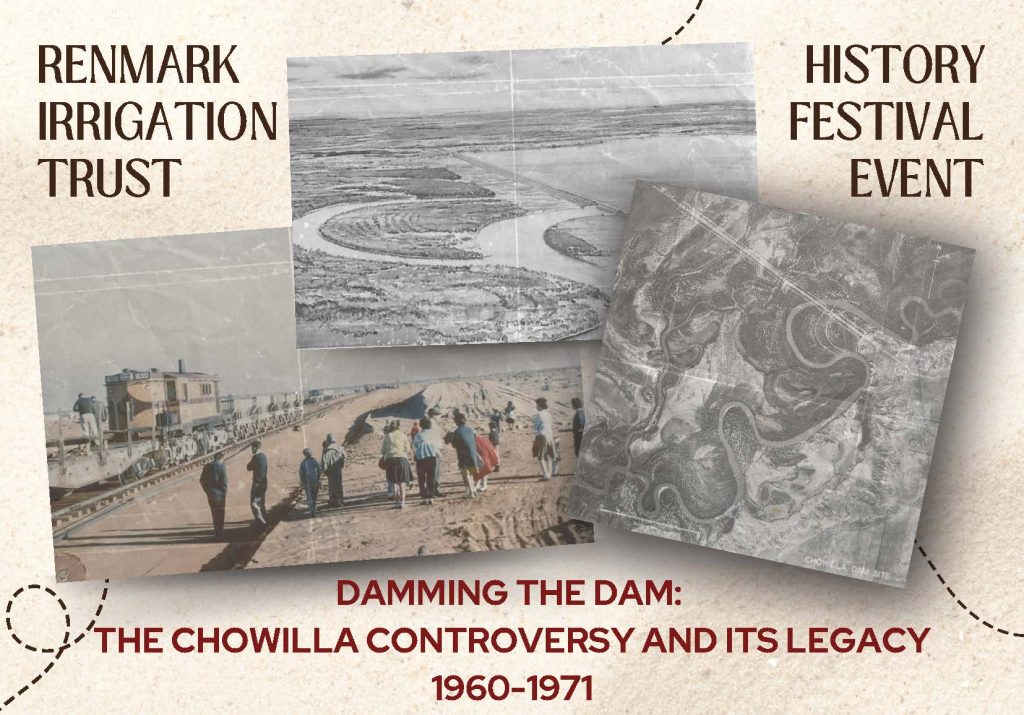
Promoted in the 1960s as the solution to South Australia’s water security challenges, the project was ultimately abandoned by 1971. The tramway was dismantled, and Victoria’s Dartmouth Dam took precedence.
This was a pivotal era in South Australian history when salinity, water security, and economic survival dominated the political landscape.
A panel event was held at the Renmark Paringa Library on 21 May 2025
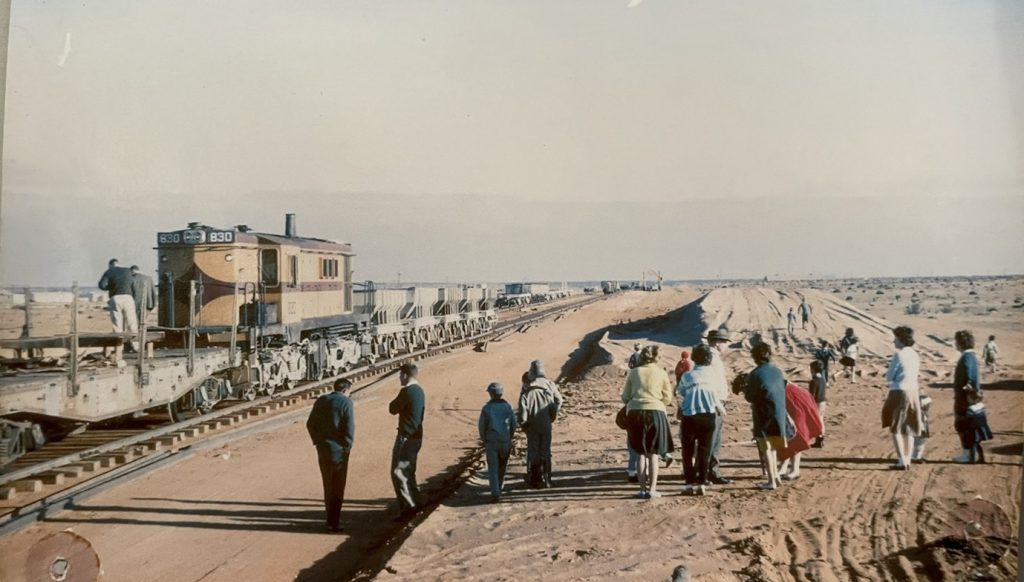
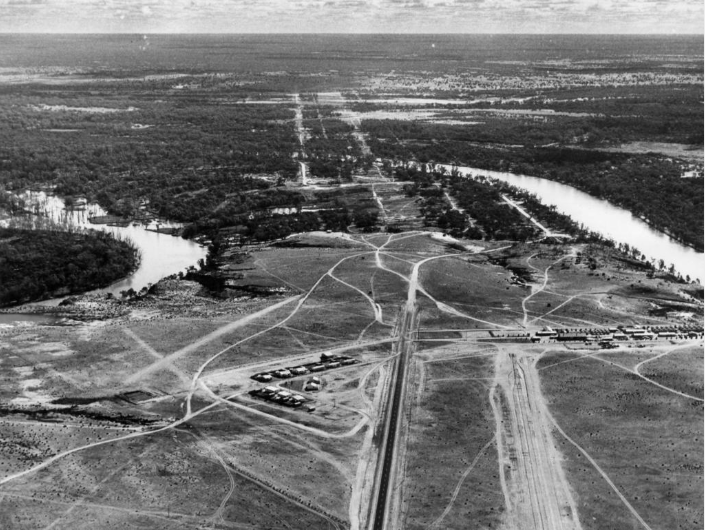
Our panel reflected on what might have been
Panel members were:
Environmental historian Amanda Wells; Ray Najar, who worked on the project from 1964 to 1967 as an E&WS trainee draftsman; and Mark Stoeckel, who lived on the land designated for the Chowilla Dam.
Amanda’s journal article ‘Halting Chowilla Dam: salt, science and River Murray politics in the 1960s’ published in July 2025 can be found here
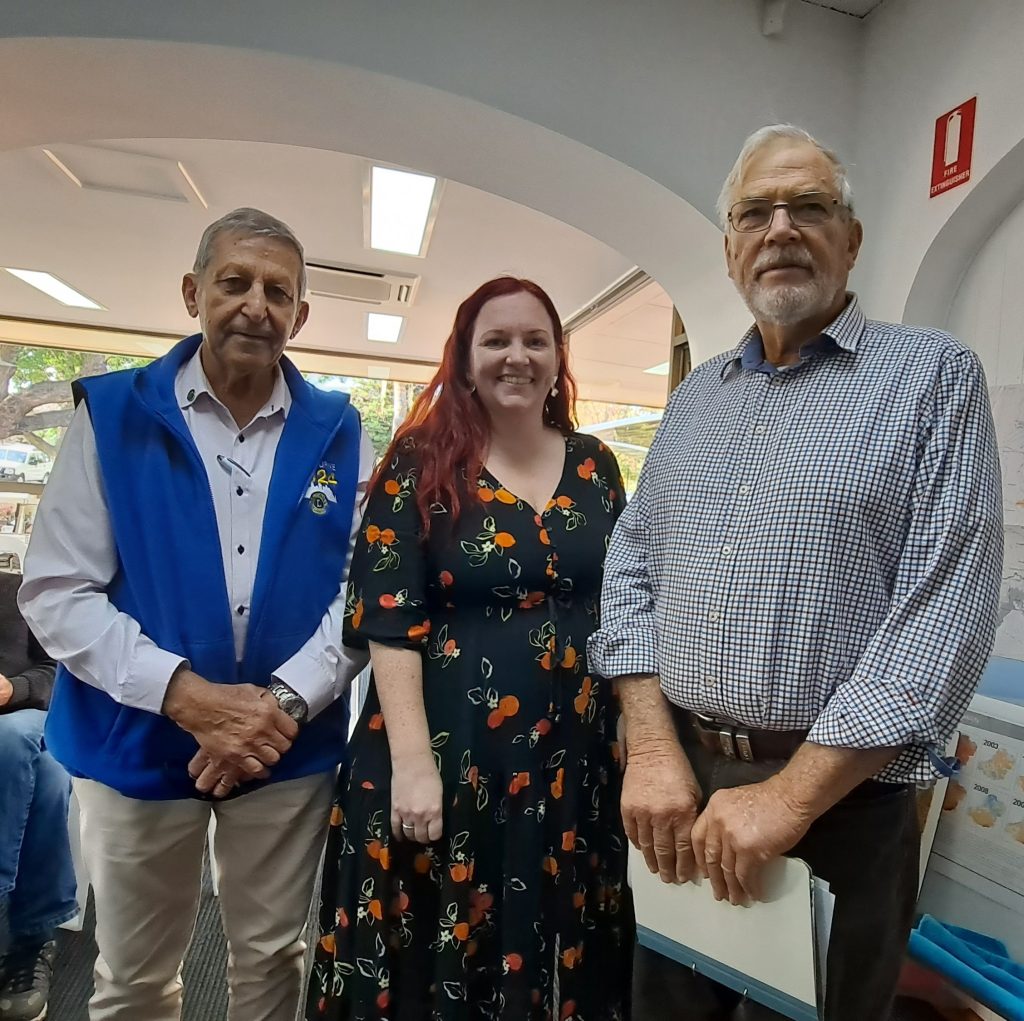
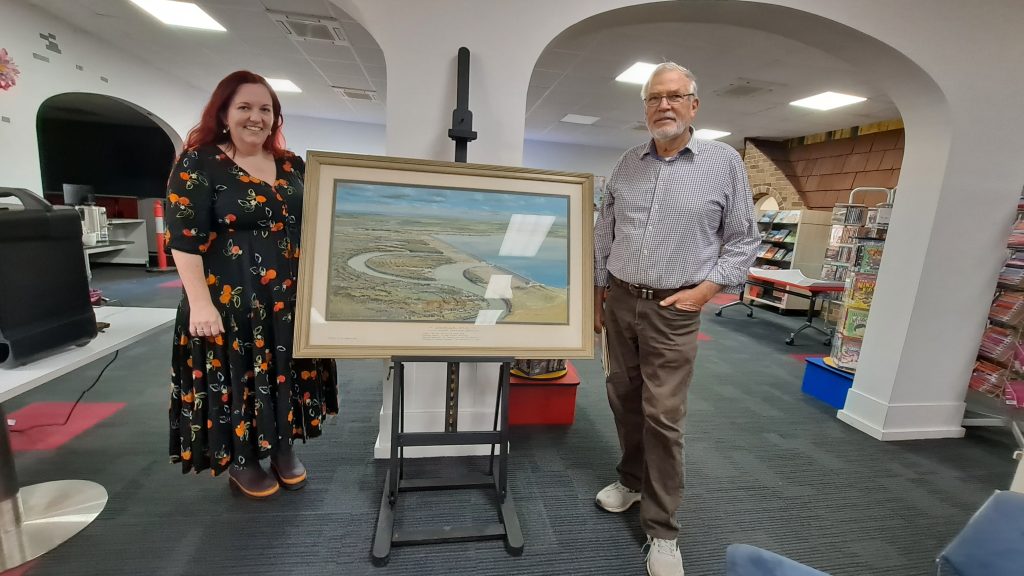
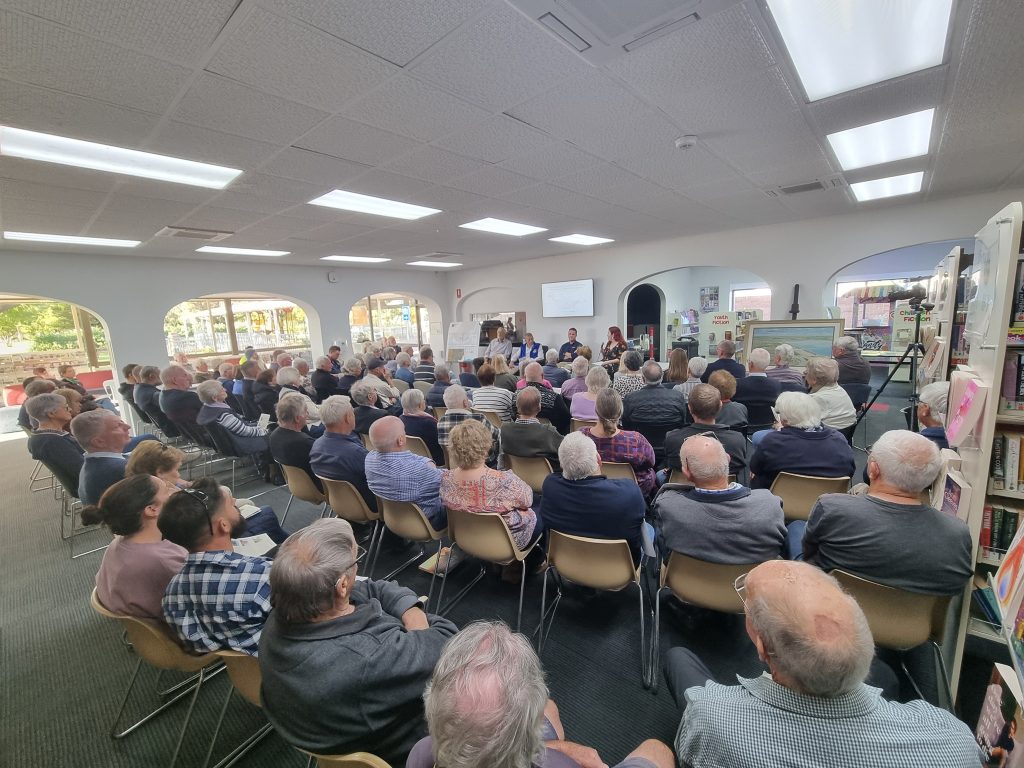
2024: Innovation and Cultural change: channels to pipes program 1968-1977
The Trust hosted a panel event at the Renmark Paringa Library on May 29 2024.
Panel: Ray Najar – Phil Sims – Robert Tucker
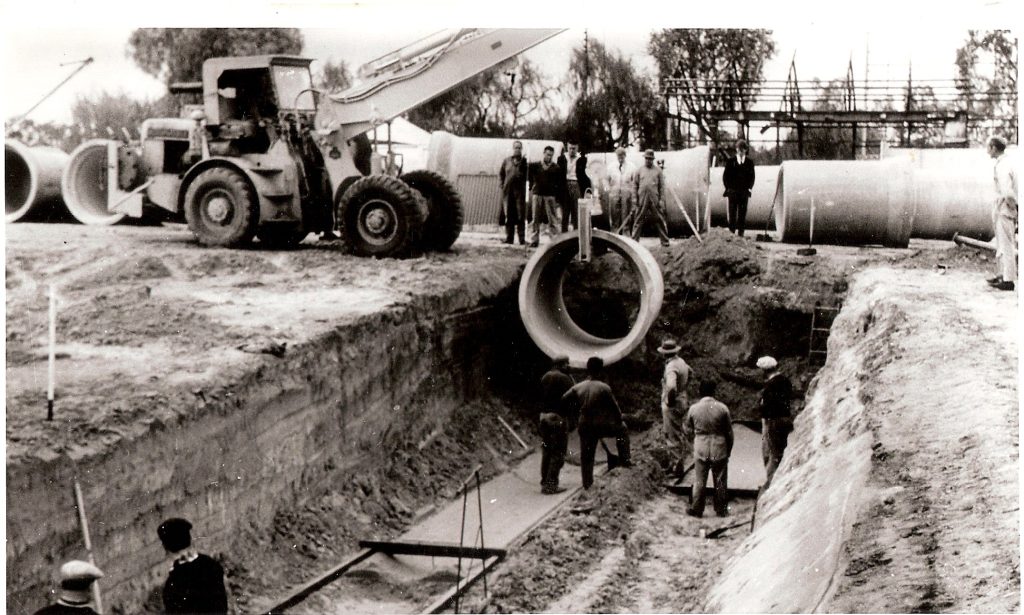
This program was the first irrigation conversion program in Australia. It produced a 33% gain in water efficiency, and provided irrigators with metered usage and an organised ordering system.
There were also cultural changes. Children, who loved to swim in the channels, were no longer able to. The channelmen who had been the mainstay of the irrigation system for the previous 50 years, were no longer needed.
Background information to the event can be found here
There is also more information in a slideshow which was created for the event.
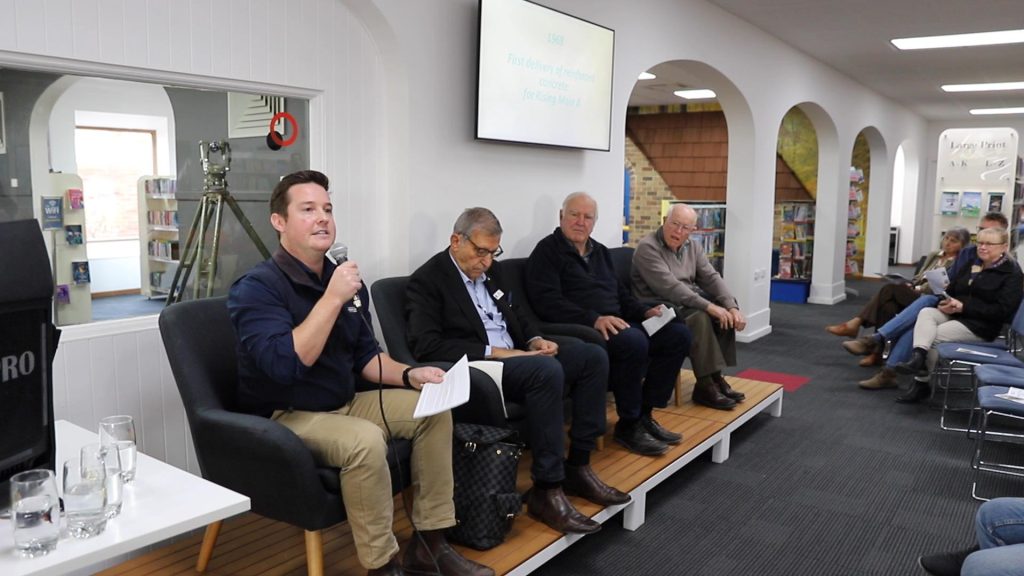
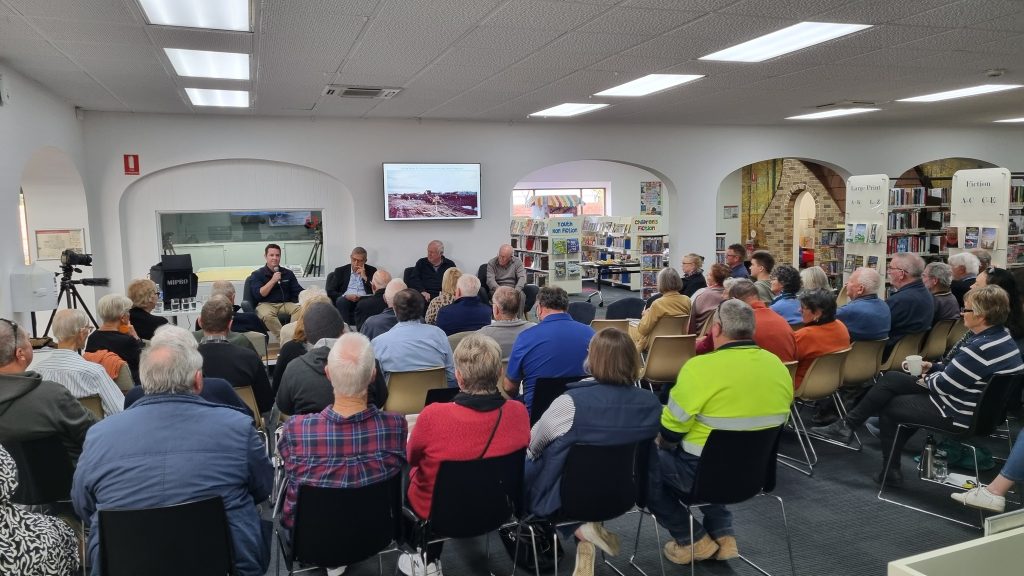
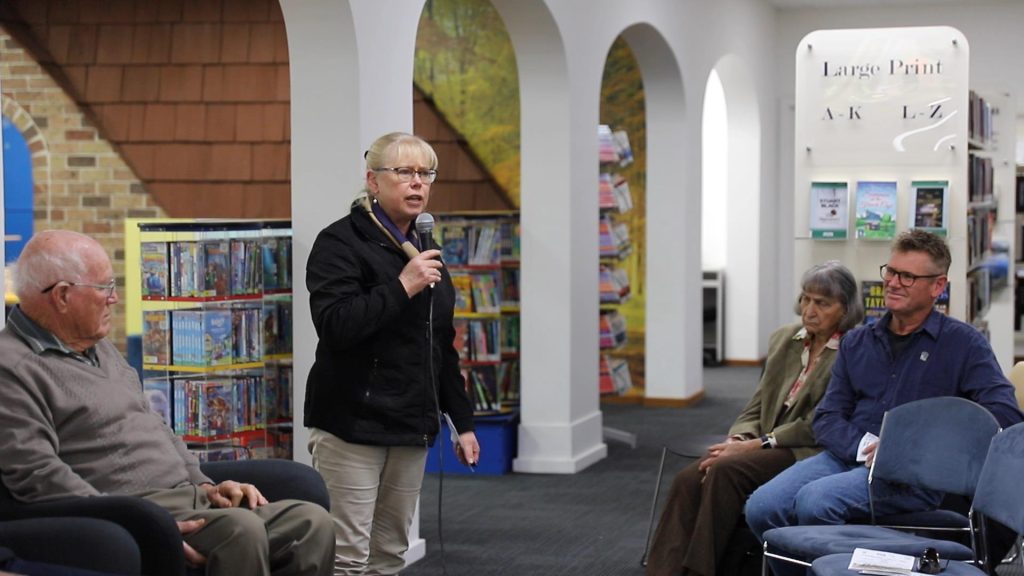
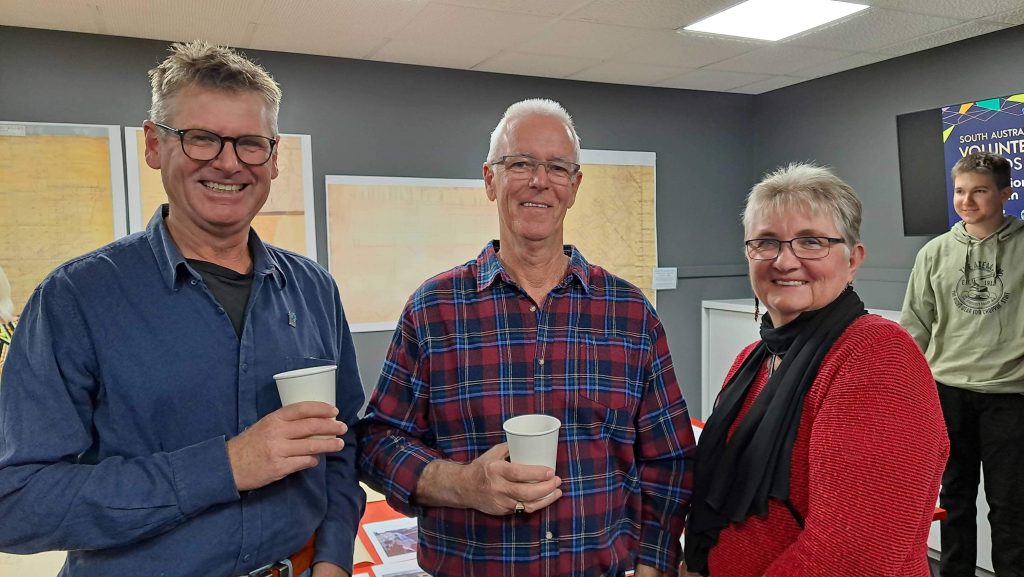
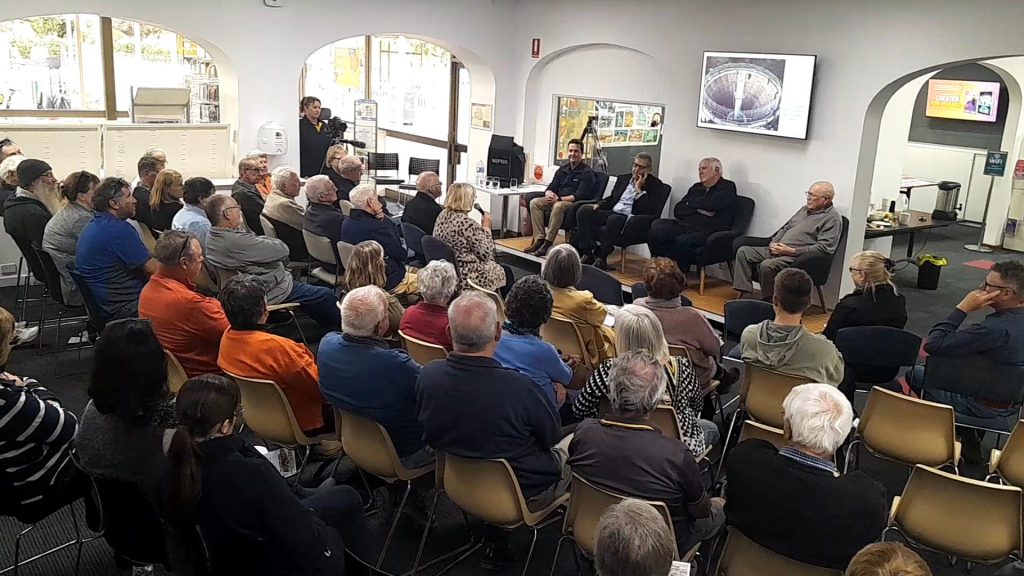
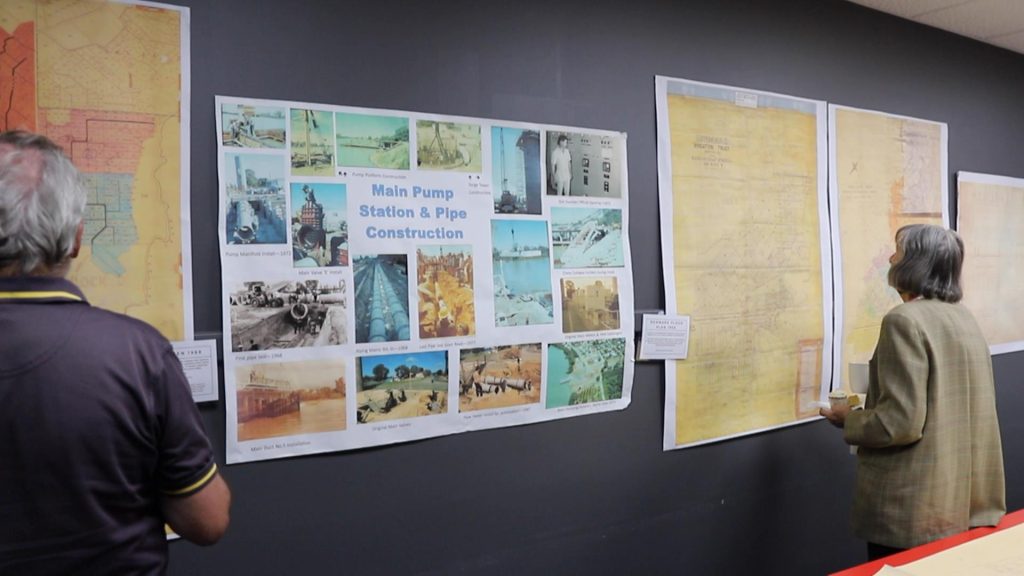
2023: RIT and the rebuilding of Renmark after the 1956 Flood
Event held on 3 May 2023 at the Renmark Paringa Library as part of the SA History Trust Festival
2022: 50th Anniversary of the commissioning of the Main Pumping Station (December 2022)
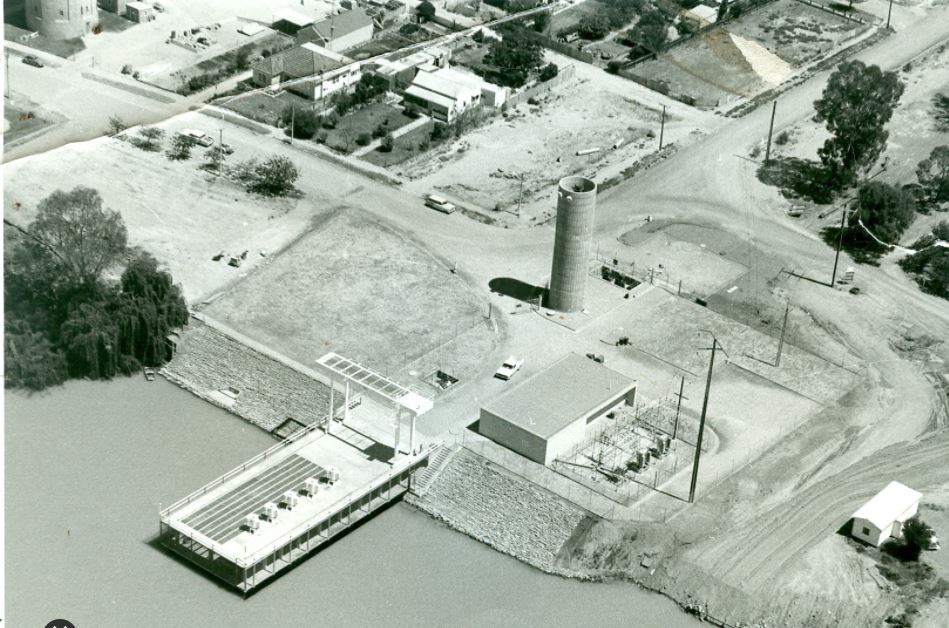
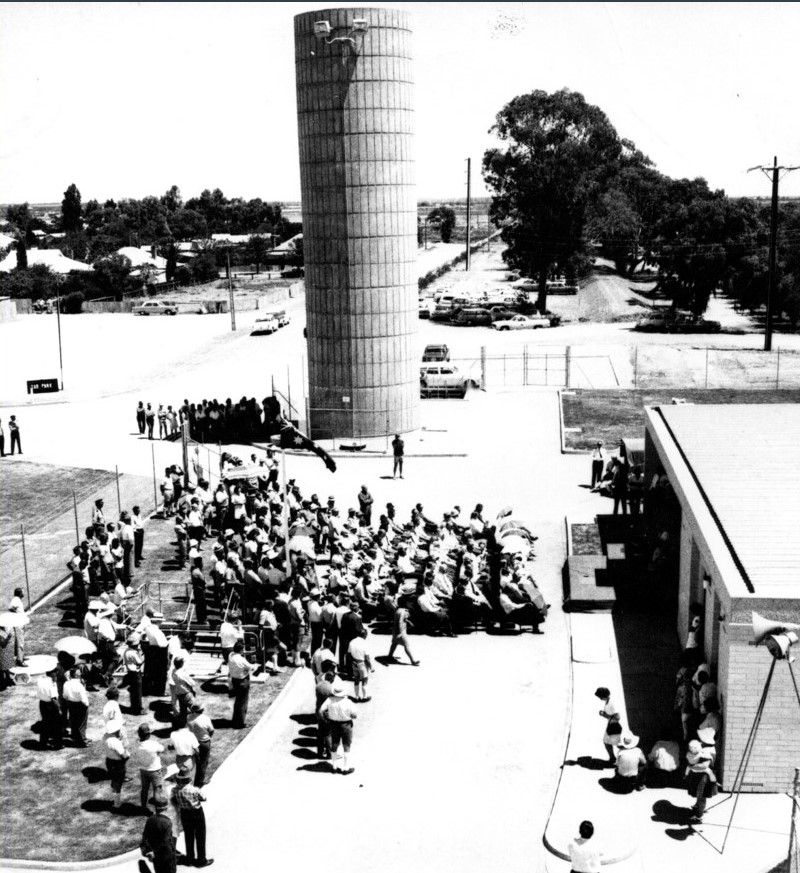
The Trust’s Main Pumping Station (MPS) celebrated its 50th anniversary on 1 December 2022.
On 28 January 1965, Thomas Playford, Premier of South Australia, and the Minister of Lands met with the Riverland Irrigation Trust (RIT) to discuss plans for redeveloping the Trust’s irrigation infrastructure. The Premier agreed to provide a state loan of £560,000 to construct a new pumping station with a capacity of 55,100 gallons per minute (approximately 4,000 litres per second). This new station would replace the existing No. 1 pumping station and all major and minor stations drawing water from Bookmark Creek.
In 1967, the Rehabilitation Advisory Committee (RITRAC) was established to oversee the project. The committee included experts from Adelaide government departments and Trust representatives – Rod Maddocks (Engineer Manager), Stan Heritage (Chairman), and Don Tripney (Secretary). RIT engineers Rod Maddocks and Malcolm Gallasch managed the project.
The MPS was officially commissioned by Premier Don Dunstan at a ceremony on 1 December 1972. Some photos from the 1972 event are included below.
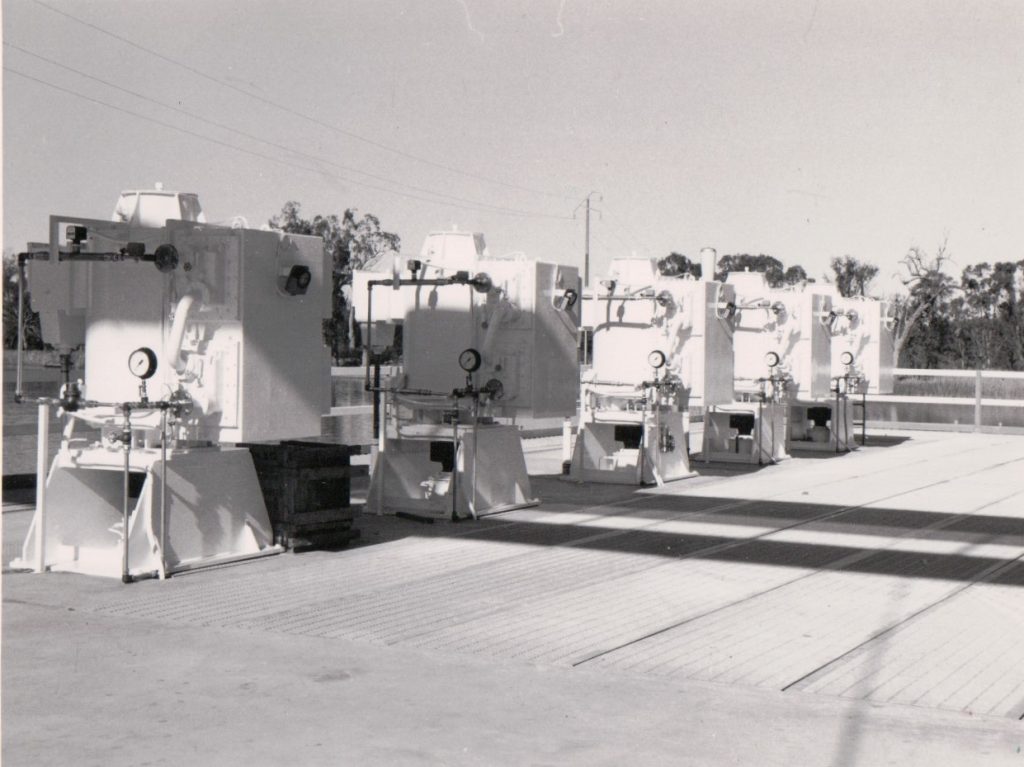
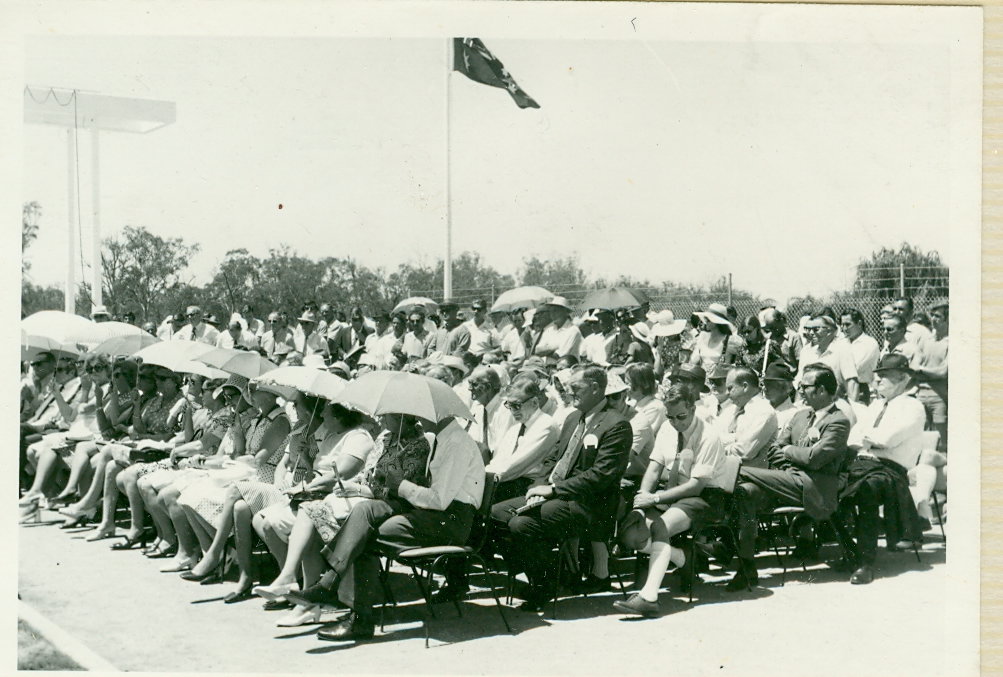
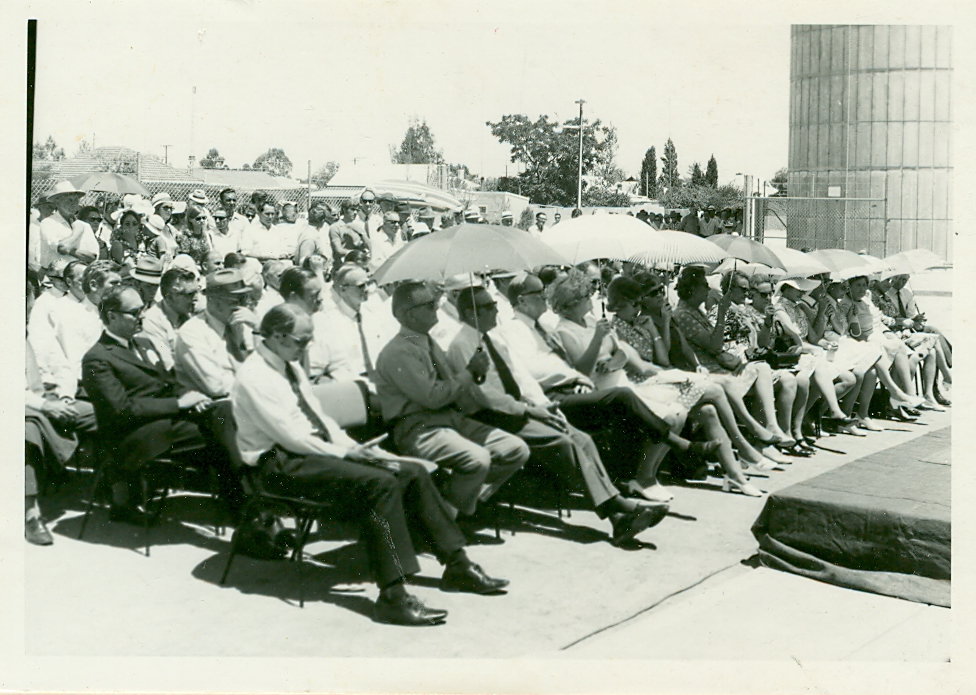
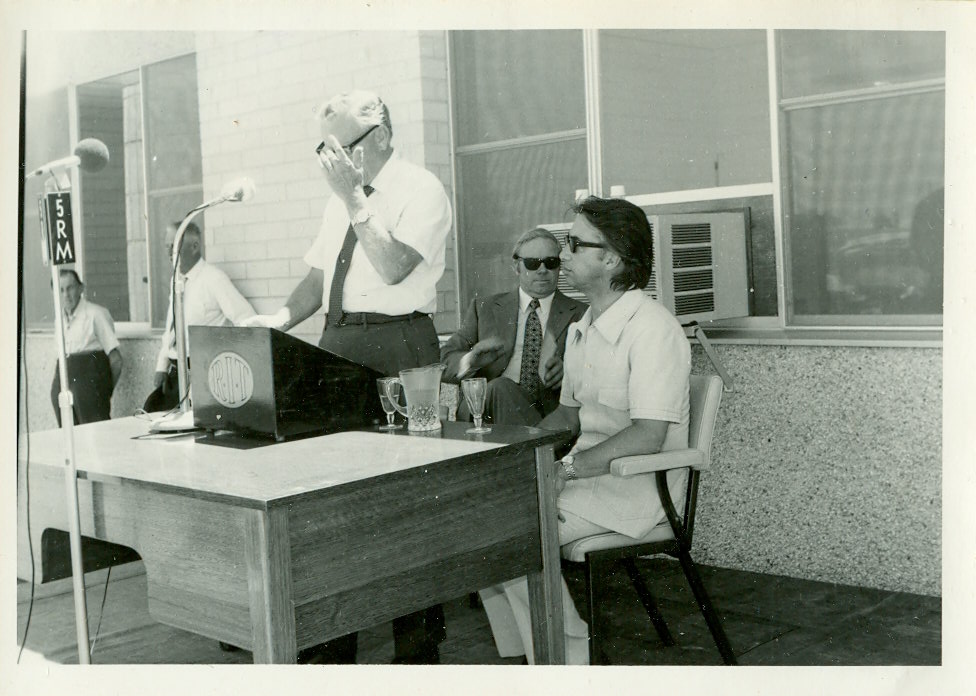
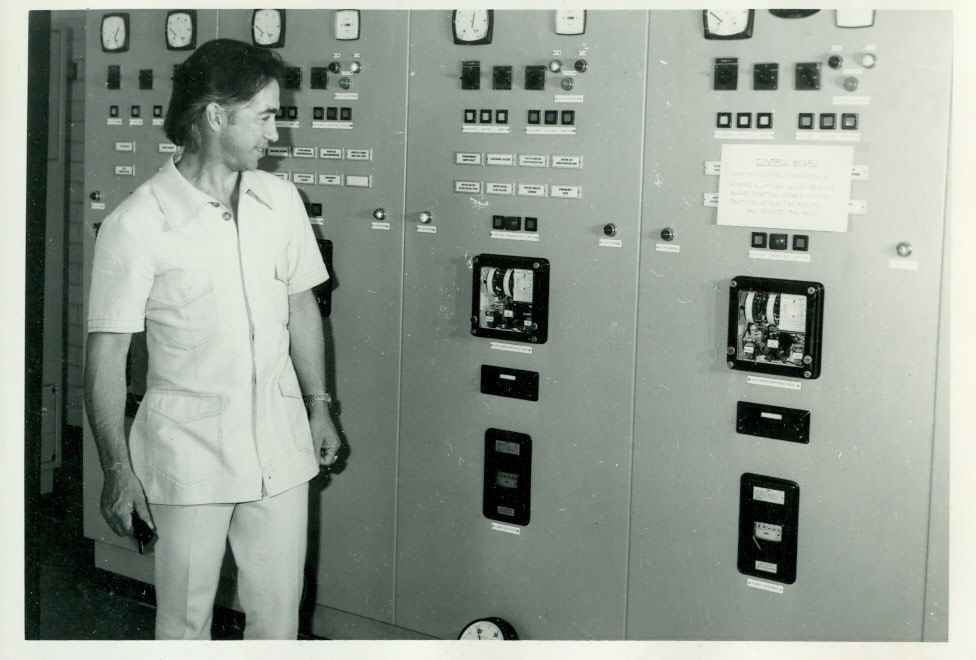
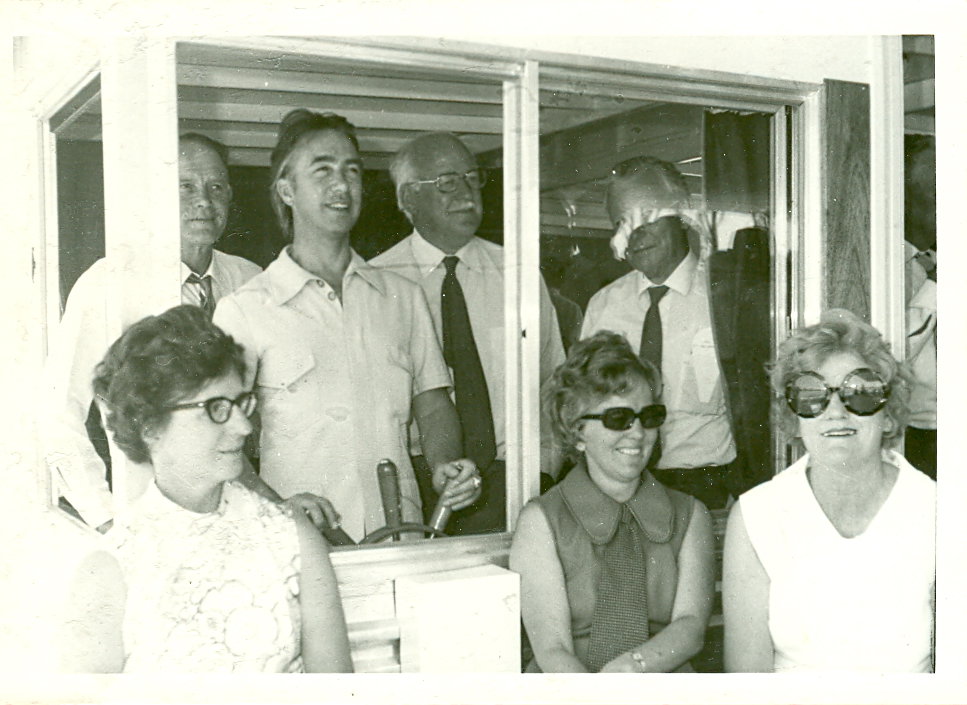
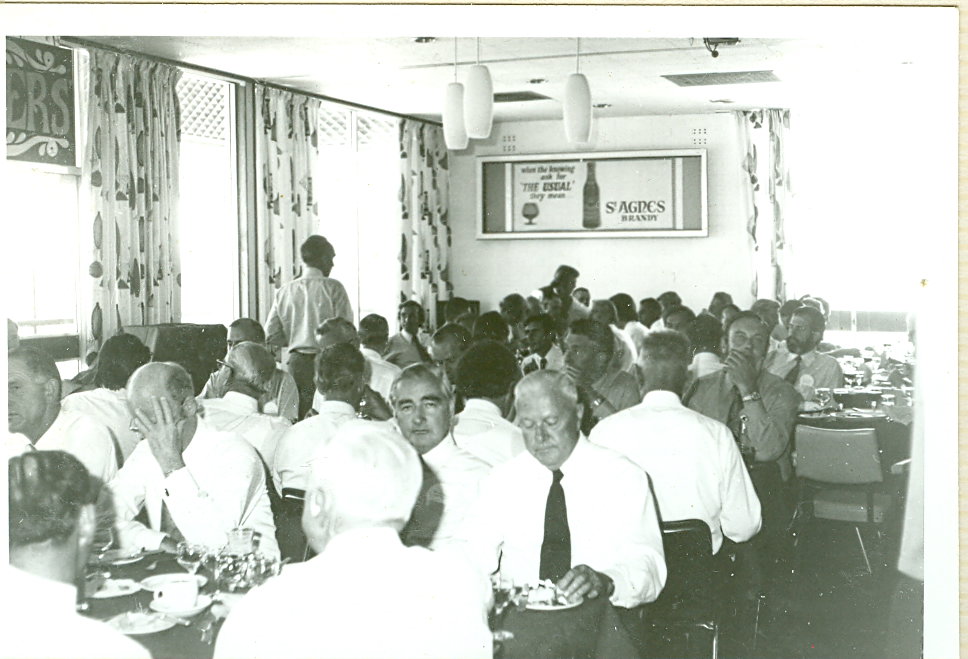
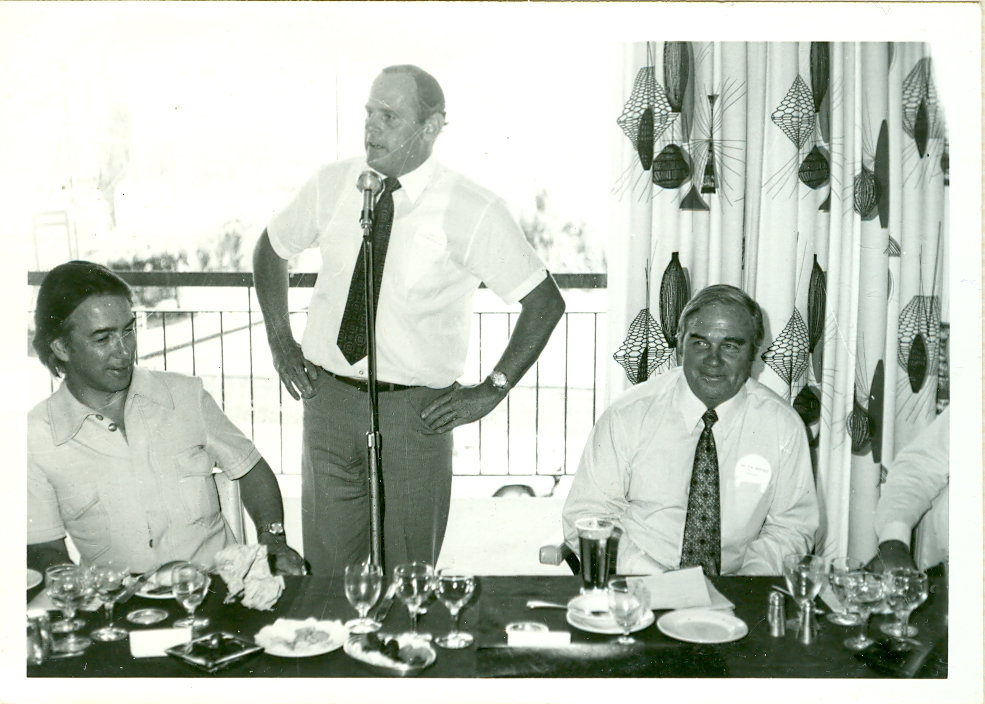
2022: Woolenook Japanese Internment Camp 1942-1945
In May 2022, RIT staff delivered a talk during SA History Month, drawing on interviews with Renmark residents and 80-year-old photographs to shed light on the WWII Japanese internment camp at Woolenook near Renmark.
Later, in July 2022, Trust staff attended a symposium on Japanese war art at Flinders University. They shared insights about the vital role Japanese woodcutters from the Woolenook Internment Camp played in keeping Renmark’s lights on and pumps running, as well as supplying electricity to the Loveday internment camp near Barmera.
A powerpoint of the talk is here.
